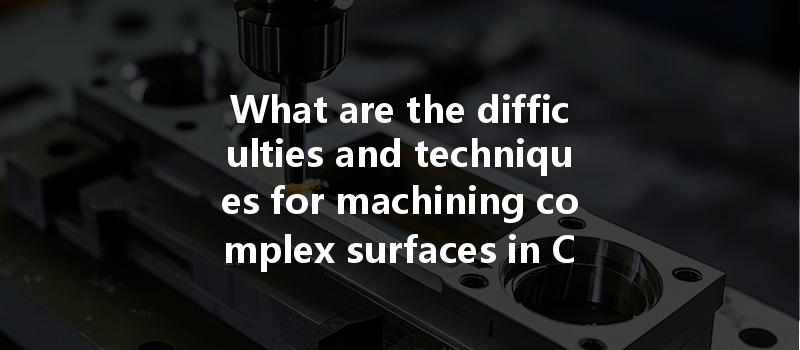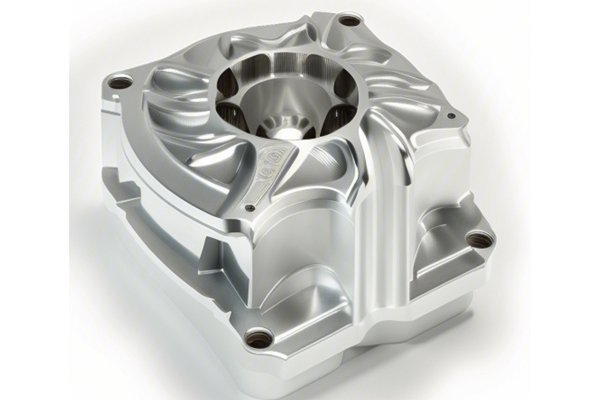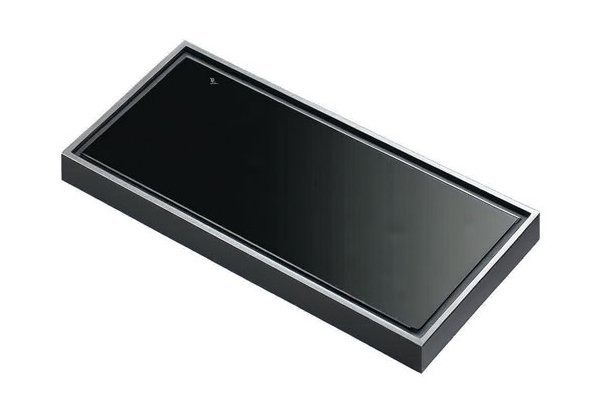Did you know? According to industry reports, nearly 80% of manufacturing and engineering professionals consider complex surface machining one of the most demanding aspects of CNC (Computer Numerical Control) machining. As technology advances and design intricacies increase, the ability to effectively machine complex surfaces becomes a crucial skill for manufacturers looking to maintain a competitive edge.
In this comprehensive blog, we will delve deep into the challenges engineers and machinists face when working with complex surface geometries in CNC machining. From understanding the intricacies of software to mastering the right tooling, we aim to equip you with practical insights and solutions.
—
—
Definition and Importance
CNC machining is a subtractive manufacturing process that utilizes computer-controlled machines to produce parts and components. By precisely following digital designs, CNC machines can achieve incredible accuracy, often down to microns. The importance of CNC machining in modern manufacturing cannot be overstated. It allows for high-volume production, reduced waste, and intricate designs that would be impossible to produce manually.
Applications in Various Industries
From aerospace and automotive to medical devices and electronics, CNC machining is used across many sectors. Its adaptability and precision make it the go-to method for manufacturing complex parts, such as turbine blades, intricate housings, and customized medical implants.
—
Characteristics of Complex Surfaces
Complex surfaces are typically defined by their intricate geometries, which might include curves, angles, and varying depths. These surfaces can feature multiple radii and undercuts that challenge standard machining techniques. Examples include dies, molds, and aerodynamic shapes that follow specific design criteria.

Examples in Real-World Applications
Aerospace components often incorporate complex surface geometries for weight reduction and aerodynamic efficiency. In the medical field, tailored implants require precision machining of complex shapes to fit the unique anatomy of patients. The automotive industry also employs complex surfaces in engine parts and body components for performance and aesthetics.
—
Toolpath Complexity
One of the most significant hurdles in machining complex surfaces is developing an effective toolpath. The toolpath must adapt to the contours of the workpiece while optimizing cutting efficiency. A poorly planned toolpath can lead to inefficient machining, increased cycle times, and potential damage to the workpiece.
Material Variability
The choice of material also presents challenges. Different materials react differently during machining processes, such as heat generation and tool wear. For example, titanium components require a unique approach compared to softer aluminum parts. Understanding material properties will significantly impact machining outcomes.
Machine Limitations
Not all CNC machines are created equal. High-precision work often necessitates advanced machinery capable of multi-axis operations. Machines with fewer axes may struggle to achieve the desired results on complex geometries, leading to a reliance on more advanced and expensive machinery.
—
Software Solutions
One of the biggest advancements in addressing the complexities of CNC machining is the development of advanced software solutions. CAD (Computer-Aided Design) and CAM (Computer-Aided Manufacturing) software have evolved to facilitate the machining of complex geometries. These programs allow engineers to visualize the entire machining process, from initial design to final product, enabling adjustment and optimization before any physical work begins.
Advanced Tooling and Technologies
Utilizing specialized cutting tools can greatly enhance the effectiveness of machining complex surfaces. Ball-nose end mills, for instance, can navigate intricate contours more effectively than standard flat-faced tools. Additionally, the use of high-speed machining can improve efficiency while reducing the heat generated during cutting.
Machining Strategies
Applying the right machining strategies is critical for success. Techniques such as adaptive machining can dynamically adjust cutting conditions based on real-time feedback from the CNC machine. Furthermore, employing strategies like five-axis machining allows for greater flexibility in tool positioning and better surface finishes.
—
Aerospace Industry
In the aerospace industry, complex surface machining is often employed for components such as turbine blades. By leveraging advanced toolpaths and high-performance materials, manufacturers have successfully reduced manufacturing times while enhancing the aerodynamic properties of the blades.
Automotive Components
The automotive sector also benefits from complex surface machining. The production of engine components with intricate geometries allows for improved performance and reduced weight—key factors in modern vehicle design. Manufacturers have utilized CNC technology to streamline their processes, resulting in both time and cost savings.
Medical Devices
In the medical sector, personalized implants require extreme precision and customized shapes to ensure compatibility with patients. CNC machining has enabled the production of such devices with improved success rates and reduced postoperative complications.
—
Innovations on the Horizon
As technology continues to advance, several emerging trends are set to revolutionize CNC machining, specifically in handling complex surfaces. Developments in material science, such as the creation of new alloys and composites, will enable even greater design freedom and efficiency.
Integration of AI and Machine Learning*
Artificial Intelligence and Machine Learning technologies are beginning to infiltrate CNC machining processes. These innovations can optimize machining parameters, predict tool wear, and enhance overall process management. The integration of these technologies can lead to improved efficiency and more consistent results in complex surface machining.
—
In conclusion, machining complex surfaces in CNC processing presents numerous challenges ranging from toolpath planning to material selection. However, by leveraging advanced software, specialized tooling, adaptive machining strategies, and the latest technologies, manufacturers can effectively overcome these obstacles.
Understanding the intricacies associated with complex surface machining is not just essential; it’s a competitive advantage in today’s fast-paced manufacturing environment. As industry demands grow for precision and efficiency, mastering the techniques necessary to navigate these challenges will ensure that your manufacturing processes remain relevant and successful.
Take the knowledge and solutions presented in this blog to drive your CNC machining capabilities forward. Whether you’re in aerospace, automotive, or medical manufacturing, the importance of effectively machining complex surfaces cannot be understated. Embrace innovation, adapt to changing technologies, and prepare for a future where precision and complexity go hand in hand.
—






